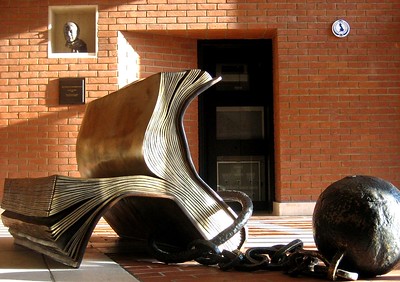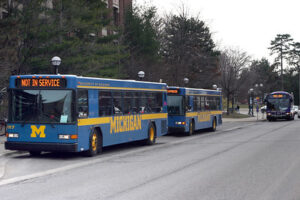One of the primary drivers of President Biden’s currently derailed student loan forgiveness plan is the size of student loan debt. Right now, 43 million Americans owe nearly $1.8 trillion dollars in educational debt to both private and public lenders. The vast majority of this debt comes from federal student loans.
To scale the problem, Americans owe $19 trillion in residential mortgage debt. That affects about 52 million households in the US and represents the largest single source of consumer debt. According to the Federal Reserve Bank, Americans owe about $1.56 trillion in auto loans. Auto loans represent the third largest source of consumer debt, following mortgage debt and student loan debt. For good measure, about 154 million Americans owe about $986 billion in credit card debt, as of the first quarter of 2023. That’s slightly more than half of Americans’ student loan debt spread across 3.6 times more debtors. (The average credit card debt is about $6,300.)
Student loan debt is attracting so much attention because it has become the second-largest source of debt for American consumers. The question is why?
The US Supreme Court last week torpedoed the Administration’s plan to forgive student loan debt for some borrowers. While President Biden claims that another plan is in the works, the Department of Education will resume collecting student loan repayments, which it paused during the pandemic.
There are several different ways to tackle the problem, but one of them has to be higher education expenditures. Unnecessary construction, administrative over-hiring, and neglected maintenance on facilities are huge drivers of the cost of an undergraduate education.
Administrative overspending drives student loan debt
The unregulated cost of higher education reduces the value of a college degree to the student. Higher education administrators raise tuition and fees secure in the knowledge that their graduates will earn enough to cover their mushrooming student loan debt. Except employers don’t always see the value in a new graduate. Earnings for recent graduates often don’t allow them to repay their student loan debts. Recent graduates compensate by marrying later (or not at all) and having fewer (or no) children. The falling birth rate reduces the number of individuals available to go to college, and college administrators wring their hands about how they’re going to fill their classrooms.
First, higher education administrators need to stop building new buildings that aren’t strictly necessary. Instead of figuring out how to fund “promise” programs for low-income students, try figuring out how to fund building construction in a way that does not require a tuition increase. Can’t be done? Purdue University hasn’t raised its tuition in a decade.
Second, they need to start taking very good care of the facilities they do have. That means doing maintenance regularly so that small problems don’t become big, expensive ones. It means chasing energy efficiency and keeping LEED certifications on buildings.
Third, it also means being extremely judicious about administrative hiring. A little administration is necessary, but that doesn’t mean more administration is better. Literally, no student ever enrolled in a higher education institution because of its administration.
Fourth, the governance bodies that are in charge of approving expenditures need to start doing their damned jobs. Stop blindly approving expenditures and start asking questions. And if you can’t ask the right questions, step down.
Photo Credit: Judith, via Flickr





























